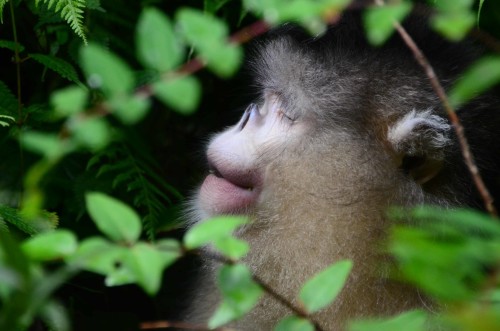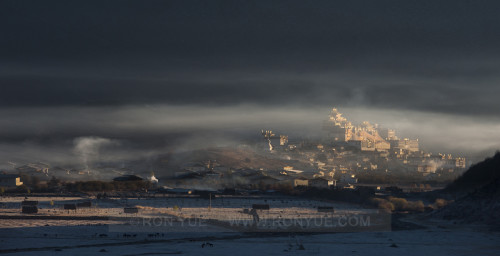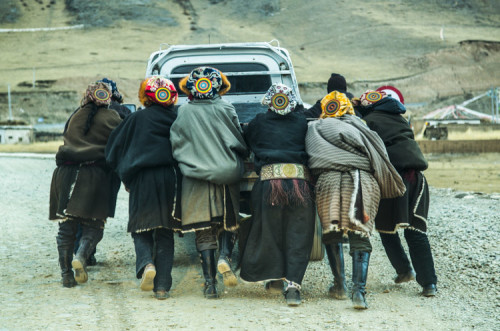 Most of my travel this year has been restricted to the armchair variety – reading about others’ journeys and reliving my own. My mind returns again and again to certain trips; a cycling tour of New Zealand and a very bumpy journey across Myanmar on public transport last year, and a meandering trip to Kashgar the year before. Eventually, I realised that my fondest memories were of the journeys where I felt that I made a connection with the place and the people I travelled amongst, journeys where I’d lingered rather than rushed.
Most of my travel this year has been restricted to the armchair variety – reading about others’ journeys and reliving my own. My mind returns again and again to certain trips; a cycling tour of New Zealand and a very bumpy journey across Myanmar on public transport last year, and a meandering trip to Kashgar the year before. Eventually, I realised that my fondest memories were of the journeys where I felt that I made a connection with the place and the people I travelled amongst, journeys where I’d lingered rather than rushed.
With everyday life often feeling like a hectic, headlong dash between home, work and social engagements, many of us wish to do nothing more on vacation than lie on a beach with a book. Others may prefer the other end of the spectrum and strive to fit as much as possible into a few precious days off, tearing across a continent on a breathless five-countries-in-four-days tour. Either option seems a reasonable reaction to the “time poverty” that we increasingly experience; however, another more meaningful way of seeing the world has recently gained popularity – Slow Travel.
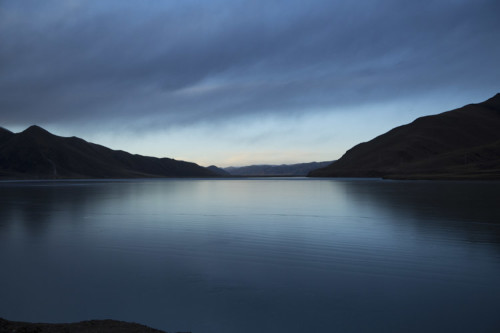 Slow Travel is an offshoot of the Slow Food movement, founded in Italy in the 1980s in protest against the opening of a McDonald’s outlet in Rome. The Slow Food philosophy, which celebrates regional cuisine and traditional farming methods, has since burgeoned into a movement that emphasises the connection between people, places and life in general.
Slow Travel is an offshoot of the Slow Food movement, founded in Italy in the 1980s in protest against the opening of a McDonald’s outlet in Rome. The Slow Food philosophy, which celebrates regional cuisine and traditional farming methods, has since burgeoned into a movement that emphasises the connection between people, places and life in general.
Slow Travel is less to do with your mode of transport (or your relative speed), but instead concerns your mindset on each journey. It means taking back roads, travelling overland rather than by air where possible, and focuses on forging a connection between traveller and destination. Instead of tackling a place armed with a list of “must-sees”, the slow traveller slips into the pace of the local culture and soaks in their new environment. It’s about not letting the anticipation of arrival undermine the pleasure of the journey.
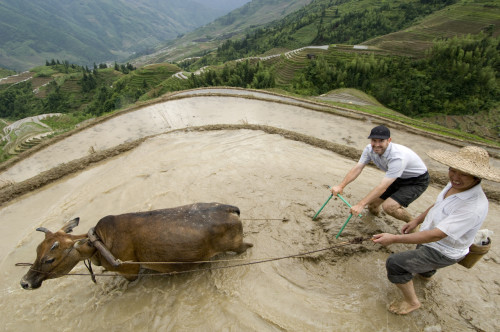 While Slow Travel is a new term, there’s nothing modish about the practice itself. Some of you will have instinctively travelled slowly before – stopping to observe local customs, interact with the people you meet en route and try local foods, preferring the quality of your experience over sheer quantity.
While Slow Travel is a new term, there’s nothing modish about the practice itself. Some of you will have instinctively travelled slowly before – stopping to observe local customs, interact with the people you meet en route and try local foods, preferring the quality of your experience over sheer quantity.
Through our experience of creating memorable driving journeys, we have become firm believers in the merits of Slow Travel. While crafting each of our itineraries we’re always on the lookout for what makes each of our drives and destinations special – whether it’s a spectacular view to soak up, a fantastic but out-of-the-way hotel, or even something as simple as a chance to dip your feet in a cool, clear stream on a hot day. We also enjoy searching for opportunities to bring our guests together with local people, whether that means joining a yodelling choir in the Swiss Alps or watching craftsmen at work in Lhasa’s old town. A journey is made as memorable by the people we share it with as it is by our destination, after all!
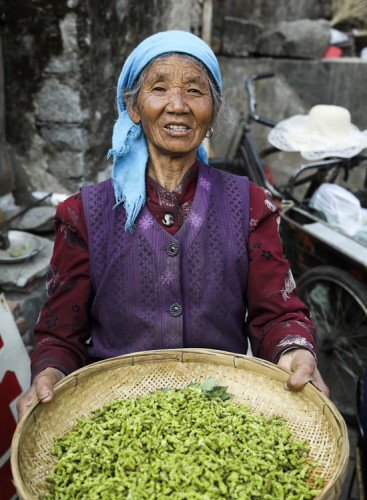 5 enjoyable ways to practice Slow Travel (even if you start at home):
5 enjoyable ways to practice Slow Travel (even if you start at home):
- Linger over a drink in a locally-owned café, bar or teashop
- Take a back-road or try a new way to get from A to B – turn down a street you’ve never used before
- Hunt out regional dishes and specialties, and visit a local market.
- Savour the unexpected – missed connections can create new opportunities
- Take a breath, check your stride and remind yourself to enjoy the pleasure of the journey.
To read more about the Slow Movement visit http://www.slowmovement.com/


